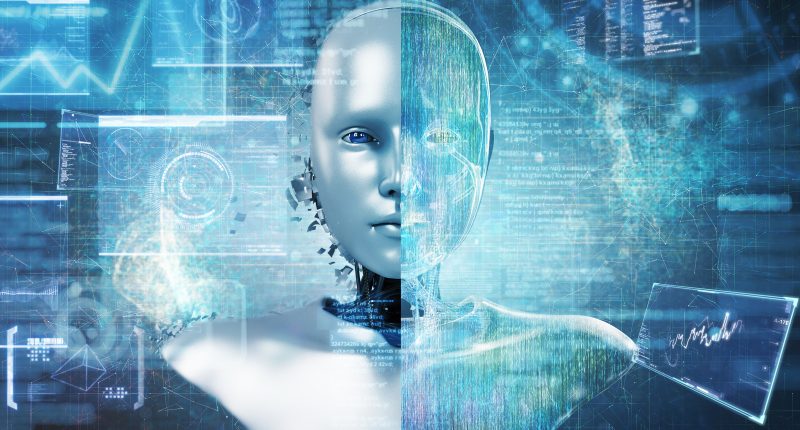THE rise in AI-powered cybercrime is soaring as experts warn over the dangers of “deepfakes and cheapfakes”.
Criminals are increasingly turning to artificial intelligence to defraud you – or trick you into handing over information or cash.
Some scammers use ChatGPT – or other AI chatbots – to craft convincing scam messages to be delivered over email or text.
But criminals also take advantage of deepfakes, which are videos of people whose faces have been digitally altered to look like someone else.
Then there are cheapfakes, which are simple and less costly versions of deepfakes that use popular video modification apps, simple Photoshop edits, tweaks and re-cuts of videos, and even using lookalikes.
Often celebrities have their likenesses stolen for deepfakes and cheapfakes, in a bid to trick victims into handing over cash or info as part of a scam.
But criminals can also use deepfakes of regular people to bypass digital verification, allowing crooks to break into your accounts.
The number of deepfake scams in the first quarter of 2023 was greater than the entirety of 2022, according to identity verification service Sumsub.
And a 3,000% rise in “deepfake fraud” was logged for 2023 by Onfido, another verification service.
How to spot deepfakes and cheapfakes
It’s difficult to stop someone using a deepfake of you to break into your accounts.
Most read in News Tech
Your only real power is to make sure you have the best security settings on your accounts – and to avoid uploading photos and videos of yourself where possible.
Businesses need to have more powerful verification systems to root out these deepfakes – and prevent criminals from breaking into your accounts.
With deepfake scams, you’ll have more luck at staying safe.
Journalism experts at the Poynter Institute revealed some of the key signs that signal you’re looking at a deepfake.
In a blog post, they urged users to look out for six clues:
- Teeth might look weird
- Blotchy, uneven skin tone
- No blinking
- Awkward facial expressions
- Bad hair day
- Voice is off
Very sophisticated deepfakes might not have any of these issues however, so you’ll need to question the source of the video, the evidence you’re seeing, and what else you can find out from other sources.
If an offer or an investment scheme you see online appears to have been endorsed by a celeb, you should be suspicious.
Security giant Norton also revealed some tips for spotting deepfakes.
Top of the list is unnatural eye movement, which can be a surefire giveaway that something is wrong.
“Eye movements that do not look natural — or a lack of eye movement, such as an absence of blinking — are red flags,” Norton explained.
“It’s challenging to replicate the act of blinking in a way that looks natural.
“It’s also challenging to replicate a real person’s eye movements. That’s because someone’s eyes usually follow the person they’re talking to.”
Read More on The Sun
Norton also recommends looking out for unnatural facial expressions, awkward positioning of facial features, and emotions that don’t match what is being said.
Hair and teeth might not look real, and you may notice “blurring or misalignment” on edges – like if a face and neck are misaligned.












